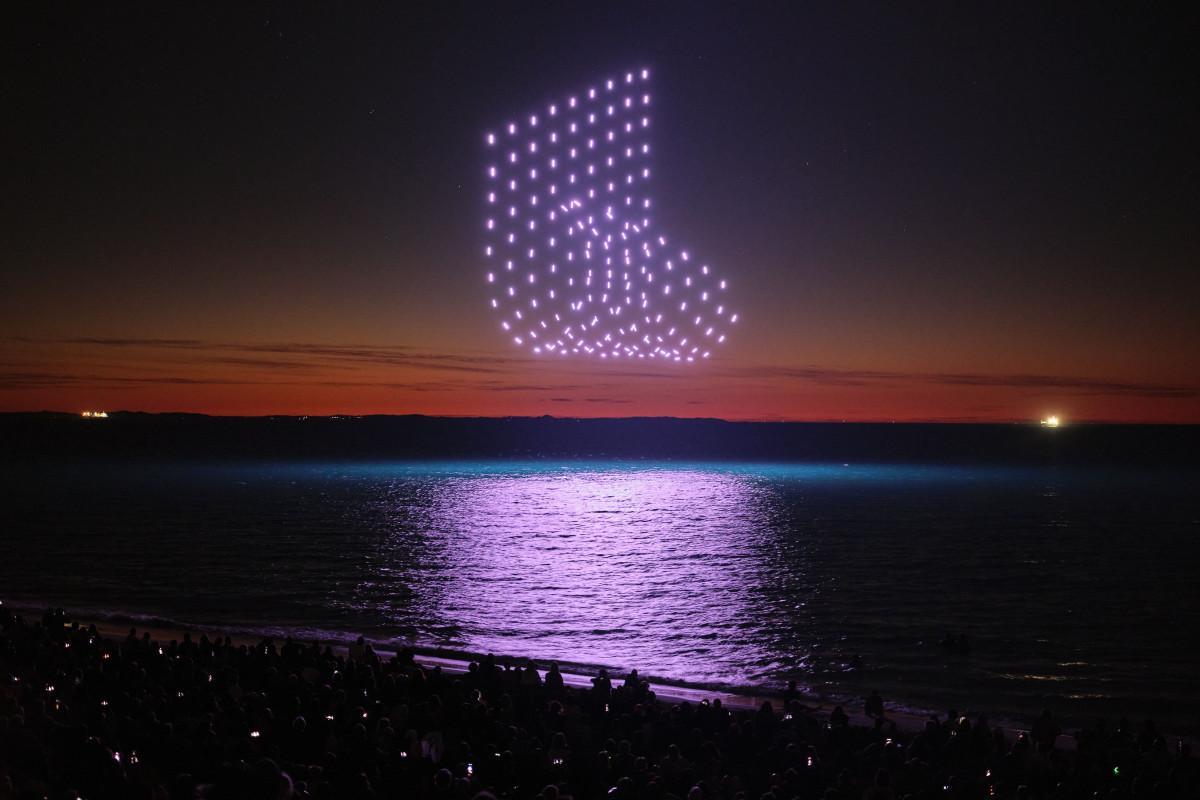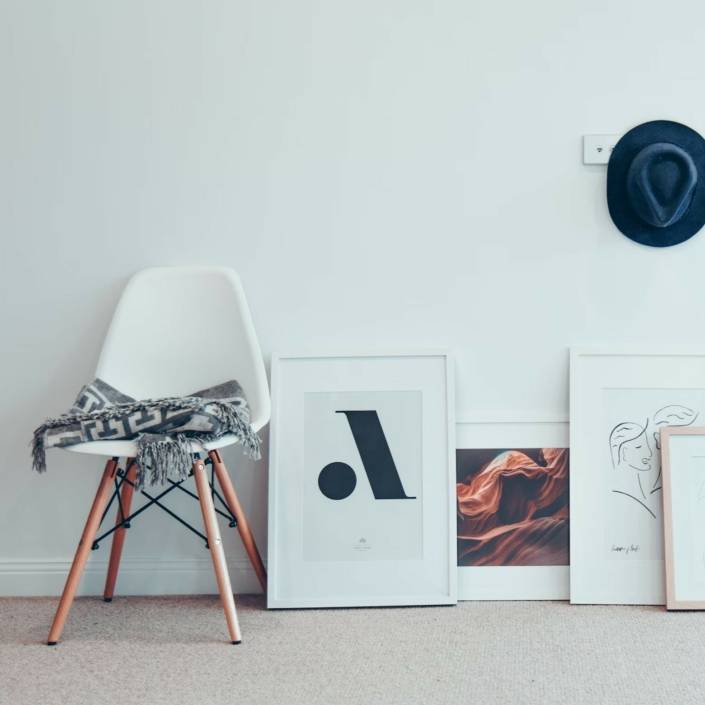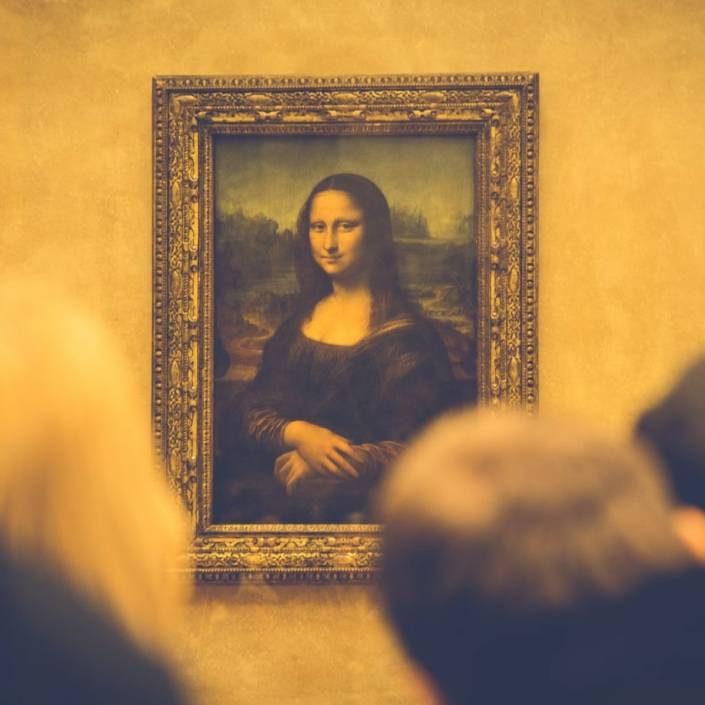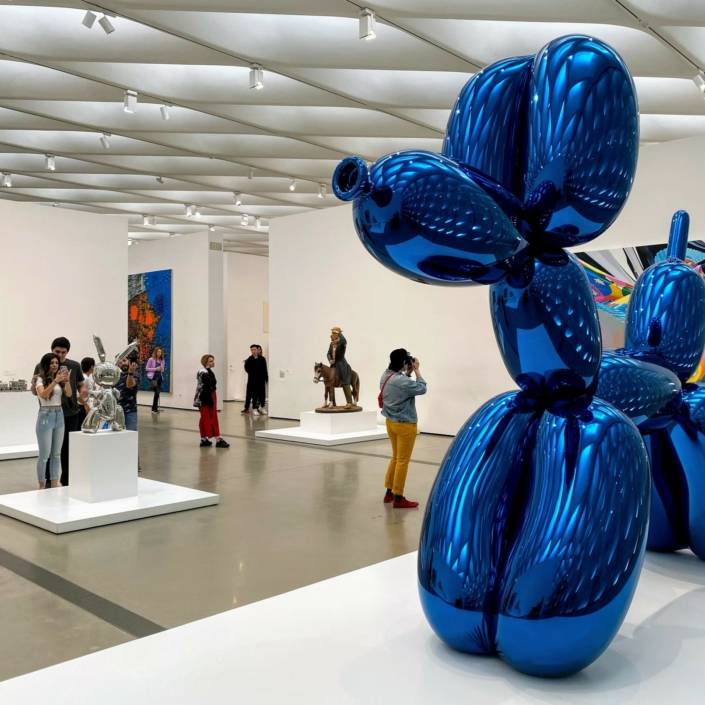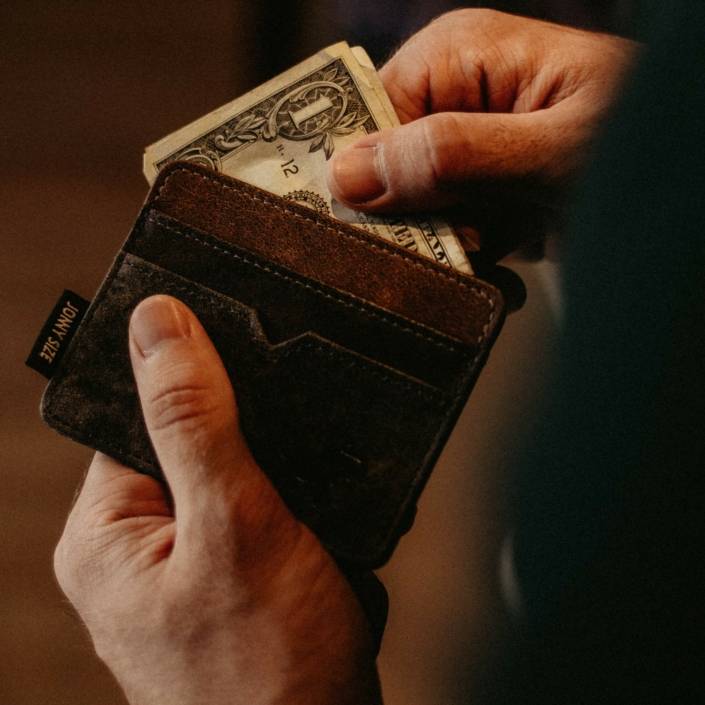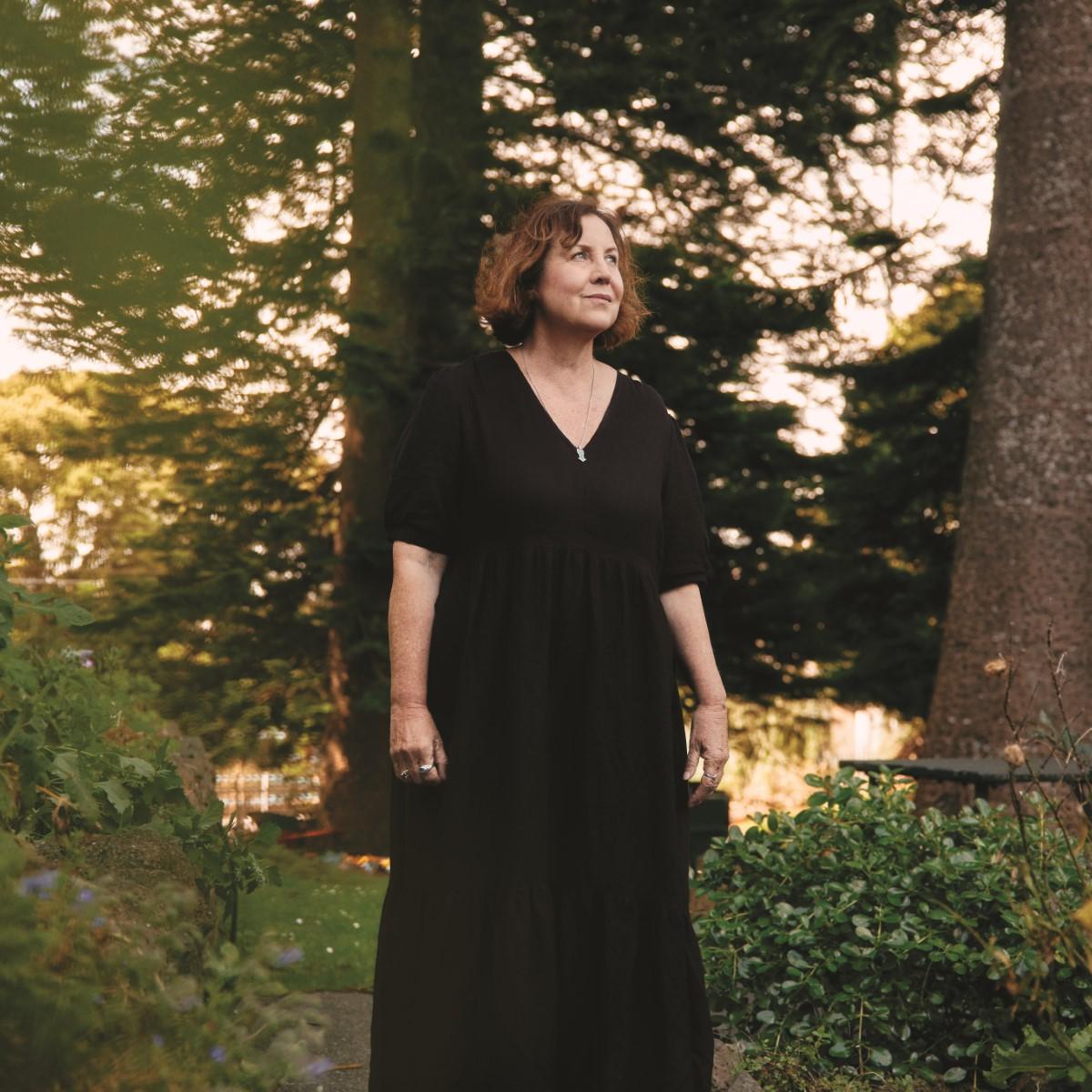Art World Problems: Go West Young Man
Amidst factors contributing to the contemporary art scene revival happening in Perth right now, its advantage of proximity to thriving Asian art capitals will in one stroke solve the problem of its isolation from other Australian capital cities.
Words: Kelly Fliedner
In the past 18 months, there has been a generational, demographic and institutional change in the Perth arts sector. Long time leaders have vacated their positions and a new cohort has emerged such as Hannah Matthews at PICA, Anna Reece and Annika Kristensen at Perth Festival, and Colin Walker and Clothilde Bullen at the Art Gallery of Western Australia. That shift has mirrored the broader urbanisation of Perth which feels like it has gone from a big country town to a small city, inclusive of a new specific airport train line, new museum, new stadium, and other infrastructural realities in the latest mining boom.
This shift in built environment is seen in galleries like Stala Contemporary, which services a resolutely local audience. Directed by long-time gallerist Sherri Staltari, it recently reopened in a newly renovated, spacious, multifunctional, warehouse gallery and studio space in West Leederville not too far from the CBD. The beautiful purpose built facility will surely support her network of artists and cultivate a new collector base in the inner suburbs as Perth continues to grow.
Other new galleries, like sweetpea, have retrofitted spaces in the east end of the city proper. And this change is also demographic: sweetpea, in particular, has emerged as an important new home for a like-minded generation of artists. Helmed by Andrew Varano, the gallery supports the likes of Jack Ball, Curtis Taylor, Nathan Beard and Emma Buswell, with an explicit aim of supporting – and making financially sustainable – arts practice. It is embedded in institutional conversations while being commercially minded. As Varano states, “I want my artists to have sustainable careers and part of that is finding new markets not only in Australia”. sweetpea connects to a different contemporary reality that is pressing in the city’s zeitgeist, one where diasporas and transnationalism play an ever greater role. Recognising that Singapore is emerging as a particularly important destination for Perth artists, sweetpea intends to have a presence at the 2024 Art SG.
Perth-born artists and brothers Abdul-Rahman Abdullah and Abdul Abdullah, who are both represented by Moore Contemporary, are building a greater presence in Asia with exhibitions or studios in Japan, Thailand and Indonesia between them. For gallerist Margaret Moore, this has been built on prior opportunities that have long defined her curatorial practice, and fits a broader pattern of international regionalism. As Moore states, “there are more and more interesting artists and arts professionals opting to stay in Perth or return to Perth these days. The narrative of leaving has been diluted. With increased international residency and exhibition opportunities on offer, artists can use Perth as a base and not be defined by geography.” Moore also thinks that a recent pick up in interest in Perth is driven by the artists themselves and the quality of their work. Artists being recognised raises the profile of the scene as a whole.
In the last five years, this has also been reflected in broader arts practice in the city with the Indian Ocean Craft Triennial and Fremantle Biennale being exemplary. This aesthetic change is situated in a recent State Government subsidisation of new direct flights from Perth to nearby capitals, including Seoul, Jakarta, Mumbai, Tokyo, on top of more established flight routes. With the Federal Government’s new emphasis on public diplomacy, inclusive of the arts, Perth’s commercial sector knows that there are possibilities beyond Sydney and Melbourne that they can advocate for directly. The commercial sector stands to gain from a geography that sees itself as connected and close to an emergent Asian market rather than isolated from national centres.
In the context of this change, led by new galleries and diasporic artists, there is also space for institutions to grow, especially when it comes to championing local practice. Although Western Australia often sends work from First Nations Art Centres and independent artists interstate, there have been recent changes in this led by First Nations artists and arts workers. The important appointments of Clothilde Bullen at the Art Gallery of Western Australia, or Glenn Iseger Pilkington at Fremantle Arts Centre, both of whom are Noongar, traditional custodians of this region, leads to an even more focused remit than First Nations. This means greater support for commercial practice by a new generation of independent First Nations artists who are invested in local expression, who return to urban and suburban motifs, and who connect beyond on-country Art Centres like Martumili or initiatives such as REVEALED – important as they remain. We see this in the celebration of elder artists Laurel Nannup and Sandra Hill as well as the emergence of Rohan Kickett, Ilona McGuire and others who are increasingly recognised.
All of this points to new opportunities for an increasingly intersectional and diverse arts community, including in new spaces like Lawson Flats, which is a commercial private club established by the Hesperia property group, and currently home to a second space for sweetpea. Led by arts patron Adrian Fini, Hesperia is one of the most important arts adjacent companies to engage in this way, and has built strategic relationships through its properties including Mello House and the State Buildings, where works are hung throughout for a high end, complementary audience. This includes finding new antecedents, and celebrating a local scene that can learn from introspection.
This is true of Art Collective WA, which has just celebrated its 10th anniversary. It was started in response to the closure of many important local galleries around that time including Galerie Dusseldorf, Gallery East, Perth Galleries and Goddard de Fiddes Gallery. Art Collective WA is a not-for-profit that is run for the benefit of its 36-strong membership of senior and established artists. All profit goes back into the running of the business that engages in art fairs across Australia, produces monographs and supports regional tours to build audiences as part of a broader legacy project connecting contemporary and emerging artists and audiences with those who have participated for far longer. It serves as an important reminder that art is cross cultural inclusive of age and stage, and that there has been a sea-change in the last decade.
What all of this commercial arts activity means for Perth is that its changing generations, diversifying geographies and local inclusiveness speaks of a sector that is more representative of the activity that is actually here and will continue to grow. What is on offer right now is a vibrant small city that is increasingly urban, which brings with it new ideas that can place artists in international conversations about aesthetics, audience and market all in a way that connects with post-colonial realities to reflect back on earlier legacies. Almost paradoxically, this continuing complexity brings with it a clarity about possible future directions for artists to create within.
Featured image: Ilona McGuire, First Lights — Moombaki, 2021. Photo: Duncan Wright. Courtesy: the artist and Fremantle Biennale.
This article was originally published in Art Collector issue 105, July-September 2023.

